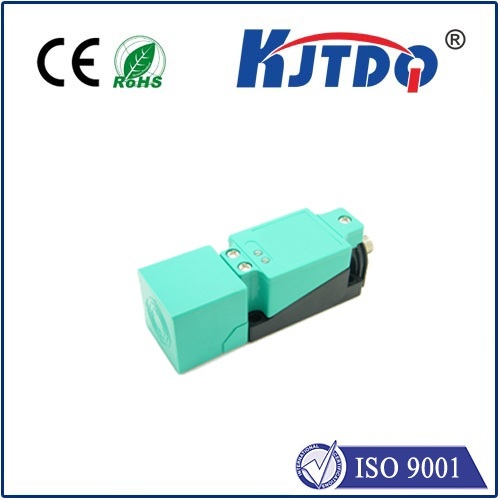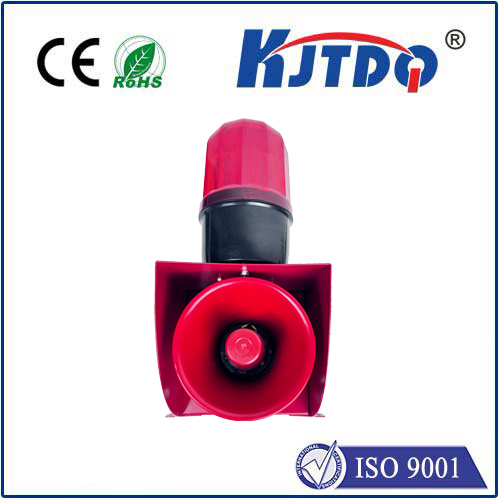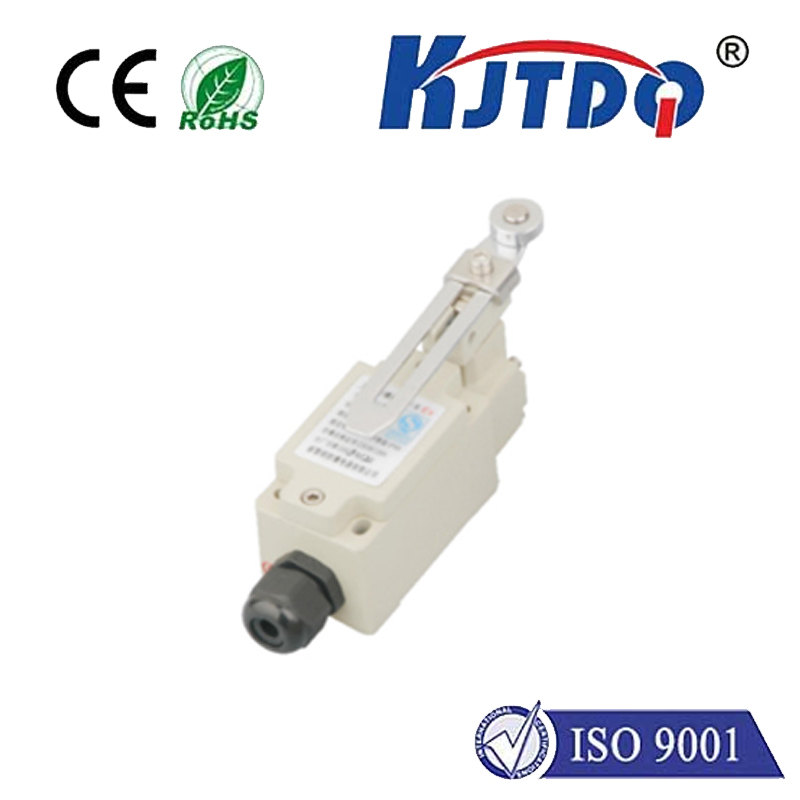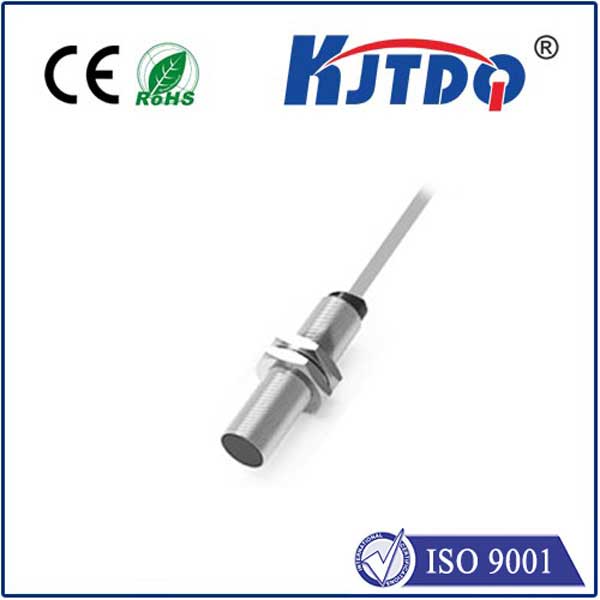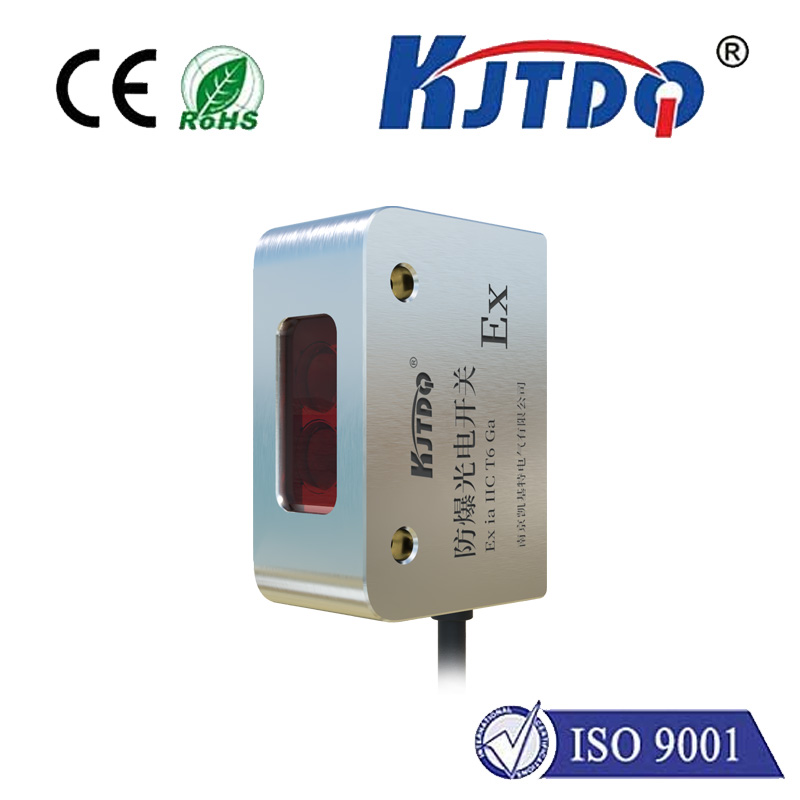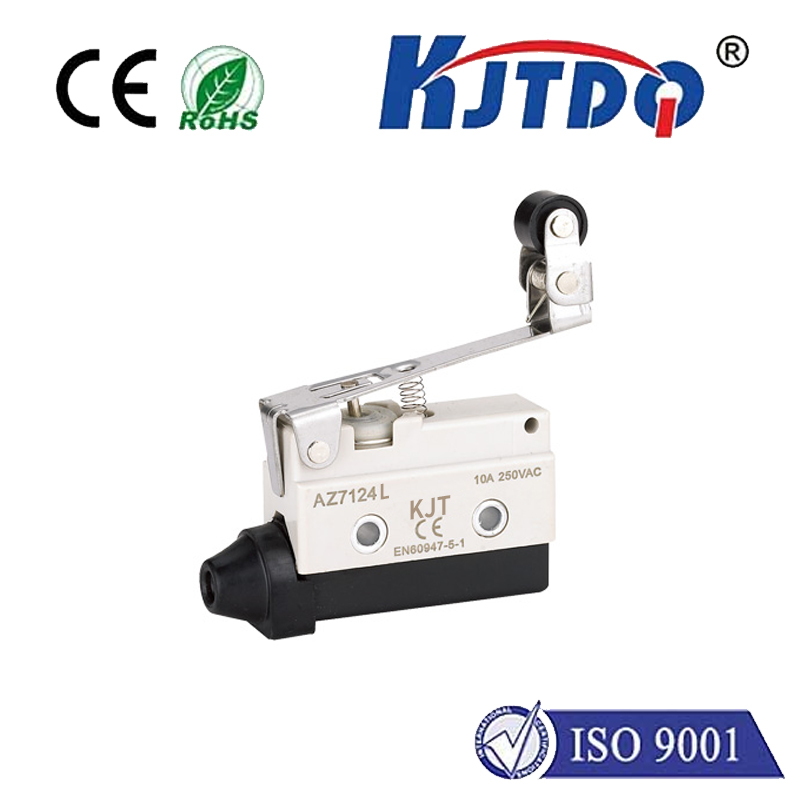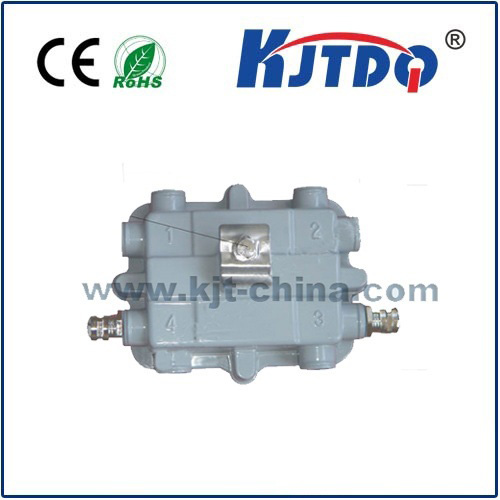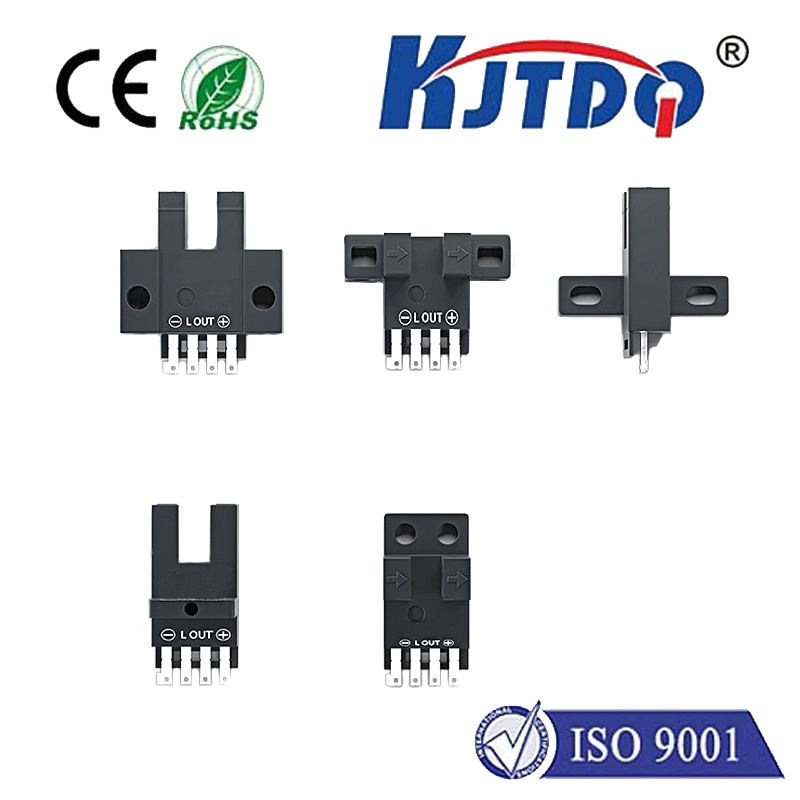
check

check

check

check
Title: Understanding the Pin Plunger Micro Switch: An In-Depth Analysis
In the realm of electronic devices, the pin plunger micro switch is a crucial component that plays an essential role in various applications. This article aims to provide a clear and concise understanding of what a pin plunger micro switch is, its function, and how it contributes to the overall performance of electronic systems.
Firstly, let's define what a pin plunger micro switch is. Essentially, it is a type of switch that uses a small pin or actuator to activate or deactivate an electrical circuit. The "micro" in its name refers to the switch's compact size, which makes it suitable for applications where space is limited. The "plunger" part describes the action of the pin moving in and out of the switch body, making contact with internal components to create a closed or open circuit path.

Now, let's delve into the function of the pin plunger micro switch. At its core, this switch serves as an on/off mechanism for controlling current flow within a circuit. When the pin is pressed, it completes the circuit by connecting two or more terminals inside the switch, allowing electricity to pass through. Conversely, when the pressure on the pin is released, the switch returns to its original position, breaking the circuit and stopping the flow of current.
The pin plunger micro switch is designed to be highly responsive and precise due to its small size and intricate mechanical components. Its ability to detect even slight changes in pressure makes it ideal for use in sensitive applications such as timers, counters, and other measurement devices. Additionally, because of its reliability and longevity, it is often employed in industrial machinery, medical equipment, and home appliances where consistent operation is paramount.
In terms of design, the pin plunger micro switch typically consists of a housing made from plastic or metal, a spring-loaded pin actuator, contacts made from materials like gold or silver alloys for increased conductivity, and terminals for connecting wires or circuit boards. The actuator's movement can be linear (straight in and out) or rotary (twisting motion), depending on the specific design requirements of the application.
Furthermore, the pin plunger micro switch offers advantages such as low operating force, meaning it requires minimal pressure to activate; high durability against physical impacts and vibrations; and compatibility with both AC (alternating current) and DC (direct current) circuits. These attributes make it a versatile choice across various industries.
To ensure optimal performance and longevity, proper selection and installation of the pin plunger micro switch are crucial. Factors such as actuation force, operating temperature range, rated current capacity, and voltage rating must be considered based on the intended application environment. Proper maintenance, including regular cleaning and inspection for signs of wear or damage, also helps extend the lifespan of the switch.
In conclusion, the pin plunger micro switch stands as a testament to the advancements in electronic component miniaturization and precision engineering. Its compact size, reliability, and adaptability have solidified its status as an essential component in numerous electronic devices across diverse sectors. By understanding its construction, functions, and operational nuances, engineers and designers can harness its full potential in creating innovative solutions that meet stringent performance standards.

